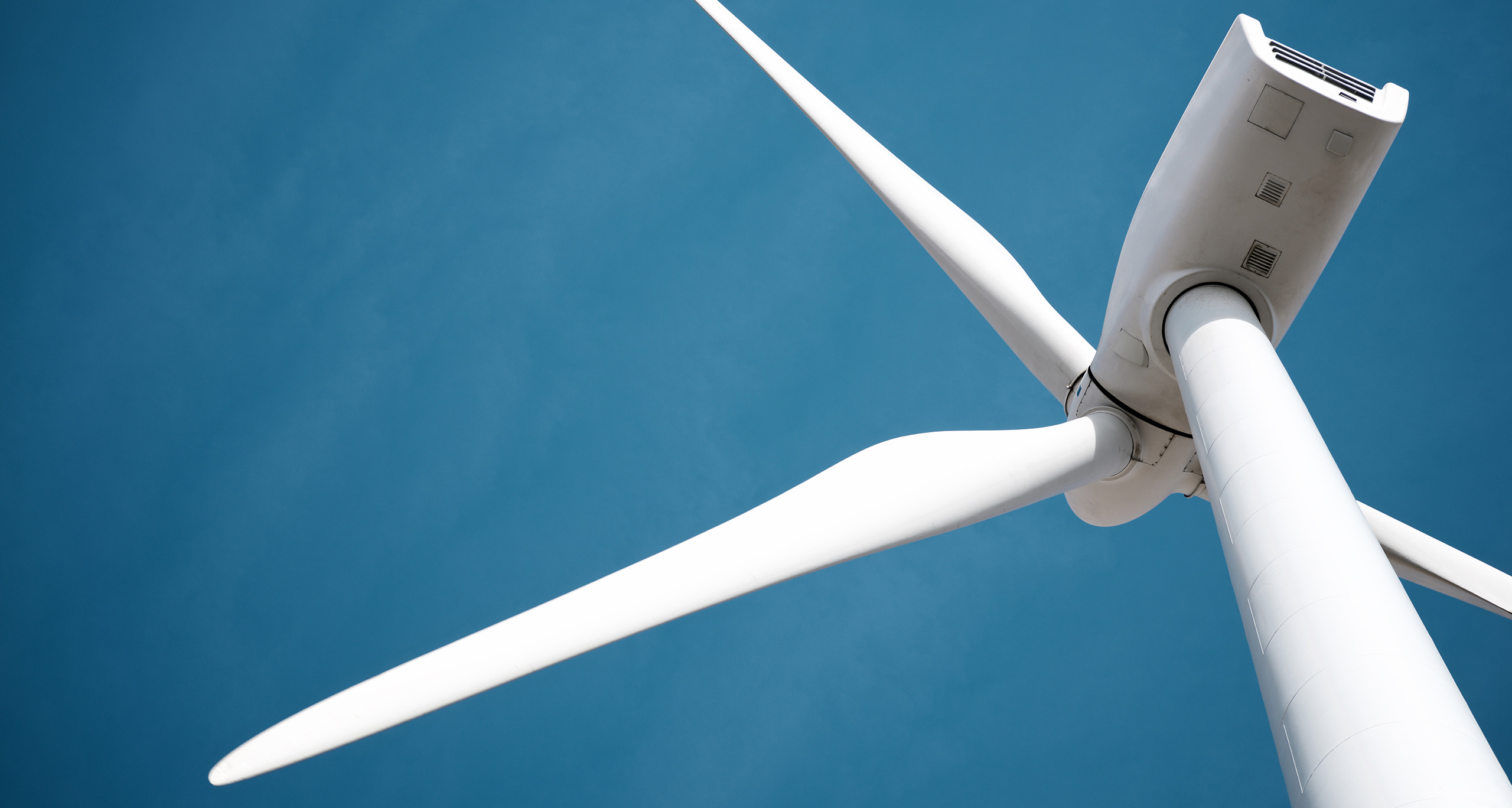Working with EPCs — End-to-End Renewable Energy Engineering Learn More
Addressing the challenges of wind turbine engineering

Wind currently provides 5 percent of the world’s electricity—roughly 0.6TW—but to curtail climate change, energy from renewable sources such as wind and solar will need to become much more substantial. Many scientists and engineers expect wind turbines to generate at least half of our power by 2050. For that to happen, both science and engineering will need to make significant advances in understanding the atmosphere at higher altitudes, predicting weather patterns, and designing the next generation of turbines. (Source: Taking Wind Power to the Next Level, Engineering.com)
Blymyer Engineering has completed several high profile wind power projects, for companies such as Dole and Nestle as well as Los Angeles County—helping to make wind an increasingly viable and affordable form of energy for the state of California.
As the demand for sustainable energy increases, however, the need for larger and more powerful wind turbines—which deliver a lower levelized cost of energy— will demand some rethinking of how they are designed and engineered. For example, in order to access faster and more powerful winds, the turbines will have to be built taller, reaching heights in excess of 300 meters. This will put them above the surface level of the atmosphere, where variations in air density, wind speed, and wind direction are not well known.
To improve wind turbine performance and reliability in the future, researchers will have to increase characterization of air turbulence, wakes (slower air movement downwind of a wind turbine), and local climates to understand their effect on energy generation. They will also need to evaluate the potential impacts on wildlife and habitats that could be affected by the air currents generated by larger turbines as well as the blades and spinning rotors.
New unknowns for the next generation of wind turbine technology
To help meet the demand for more powerful and versatile wind farms, engineering teams like Blymyer will have to consider and address the following challenges:
• Currently lasers, ultrasound and radar are used to take atmospheric measurements, but these tend to show average and miss the details that can impact individual turbines. Additional Internet of Things (IoT) sensors and instrumentation, will be needed for finer resolution measurements. This data, combined with advanced modeling and machine learning, will enable more accurate predictions at the microclimate scale and better wake analysis to help determine the optical spacing between turbines.
• To make turbine blades more flexible and adaptable moving forward, they will need to be made from stronger and lighter materials. However, this has the potential to complicate the structural dynamics of the turbine in its interactions with the atmosphere. To prevent this, new computational models will need to be developed to determine the blade turbulence and other aerodynamic factors that affect how the individual turbine and wind farm operate.
“As more and more focus is put on wind as a viable source for sustainable energy, we see the demand for wind turbines—and our design and engineering services—continuing to grow,” says Greg Mazur, Blymyer’s Director of Engineering. “Our team is always looking at innovative ways to address the logistical and physical challenges involved with wind turbine construction. We are excited about the future of wind energy and the opportunity to design and engineer the next generation of wind turbines.”